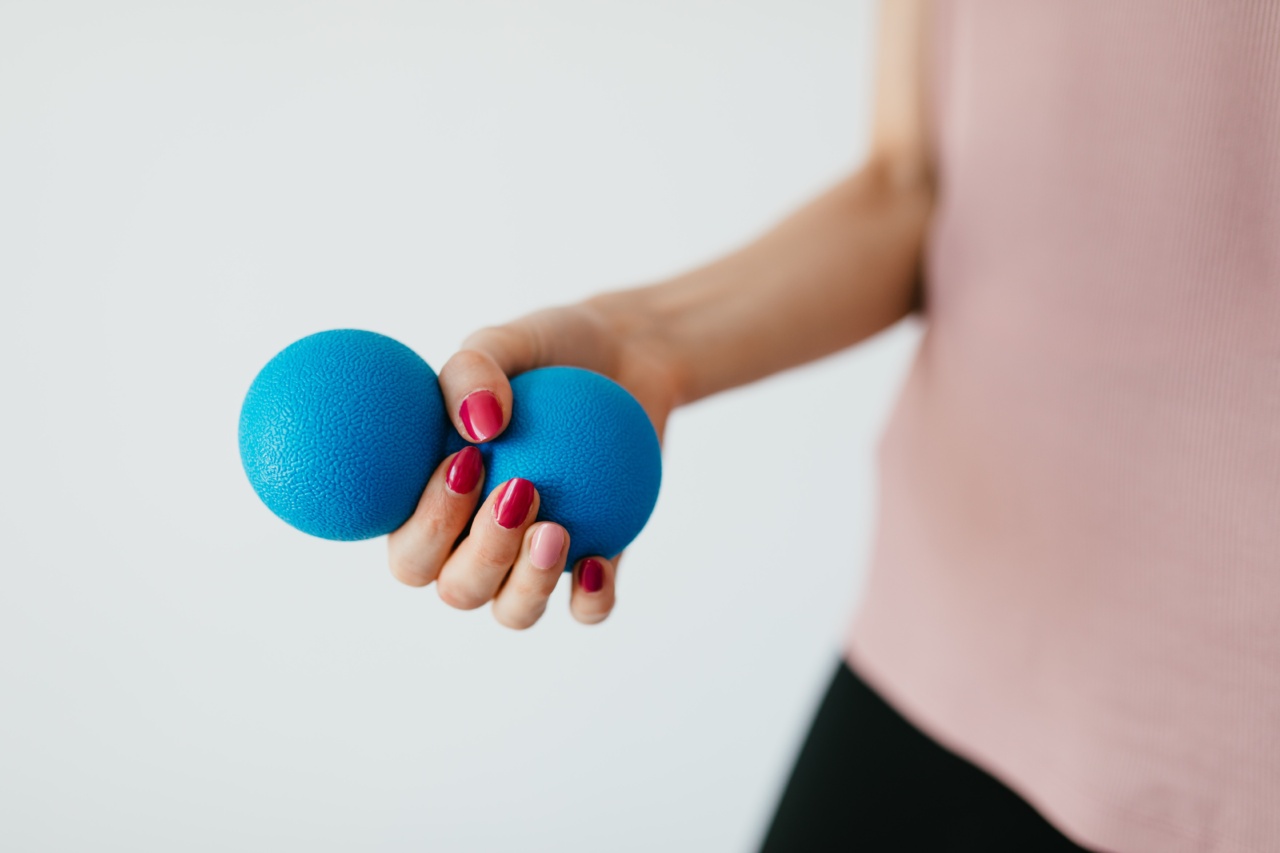Our hands can reveal a lot about our personalities, traits, and even our health. In recent years, researchers have discovered an intriguing link between the shape of our fingers and the severity of anxiety and depression.
While this connection may seem unlikely, there is a growing body of evidence that suggests finger shape can provide valuable insights into our mental well-being.
The Science Behind Finger Shape and Psychological Conditions
Before delving deeper into the correlation between finger shape and anxiety and depression, it is important to understand the underlying science.
Human hands, with their intricate network of bones, tendons, and ligaments, have unique structural variations. In particular, the relative lengths of the index finger (the second digit) and the ring finger (the fourth digit) have caught the attention of researchers.
The Digit Ratio and its Role in Mental Health
The digit ratio, defined as the ratio of the length of the index finger to that of the ring finger, is believed to be influenced by prenatal hormone exposure.
Studies have shown that people with a longer ring finger in relation to their index finger may have been exposed to higher levels of testosterone in the womb, while those with a longer index finger may have been exposed to more estrogen.
While the digit ratio has been primarily associated with physical traits such as sexual orientation, athletic abilities, and even certain diseases, recent research has explored its potential link with mental health conditions, particularly anxiety and depression.
The Connection between Finger Length and Anxiety Severity
One of the key findings in this field of research is the association between the digit ratio and anxiety severity.
Several studies have revealed that individuals with a lower digit ratio, indicating a longer ring finger relative to the index finger, tend to experience higher levels of anxiety.
These findings suggest that exposure to higher levels of prenatal testosterone may play a role in the development of anxiety disorders.
Testosterone has been linked to traits such as competitiveness, aggressiveness, and risk-taking behavior, which may contribute to heightened anxiety levels.
Anxiety Disorders and Digit Ratio Studies
One notable study conducted by researchers at the University of Cambridge examined the digit ratios of individuals diagnosed with various anxiety disorders.
The study found that individuals with social anxiety disorder and panic disorder had significantly lower digit ratios compared to the control group.
Another study published in the journal Psychological Medicine investigated the correlation between the digit ratio and generalized anxiety disorder.
The researchers discovered that a lower digit ratio was associated with higher anxiety severity in individuals diagnosed with this condition.
The Link between Finger Shape and Depression Severity
While the majority of research in this area has focused on the relationship between finger shape and anxiety, a few studies have also explored the potential connection with depression severity.
The presence of a higher digit ratio, indicating a longer index finger compared to the ring finger, has been associated with an increased likelihood of experiencing symptoms of depression.
One study published in the journal Psychiatry Research investigated the digit ratios of individuals diagnosed with major depressive disorder.
The researchers found that patients with a higher digit ratio were more likely to experience severe depressive symptoms.
Further studies are required to fully understand the mechanisms behind this link, but it is believed that prenatal hormone exposure and its influence on brain development may contribute to the development of depression.
Implications and Future Directions
The correlation between finger shape and anxiety and depression severity has significant implications for both mental health professionals and individuals seeking support.
The ability to predict the potential severity of these conditions based on readily observable characteristics may help in early intervention and more personalized treatment approaches.
However, it is essential to approach these findings with caution and recognize that finger shape alone cannot be used as a diagnostic tool for anxiety or depression.
Mental health conditions are complex, and various factors contribute to their development and severity.
Future research in this field should focus on exploring the underlying mechanisms that connect finger shape and mental health.
Understanding the precise biological and developmental processes involved will deepen our understanding of anxiety and depression, potentially paving the way for novel therapeutic interventions.
Conclusion
The shape of our fingers may hold unexpected clues about our mental health.
The digit ratio is emerging as a potential indicator of anxiety and depression severity, with a lower ratio associated with higher anxiety levels and a higher ratio linked to depressive symptoms.
While finger shape alone cannot predict or diagnose these conditions, it offers a new perspective on mental well-being and provides a starting point for further investigation.
By unraveling the relationship between finger shape and mental health, researchers hope to enhance our understanding and treatment of anxiety and depression, ultimately improving the lives of those affected.






























